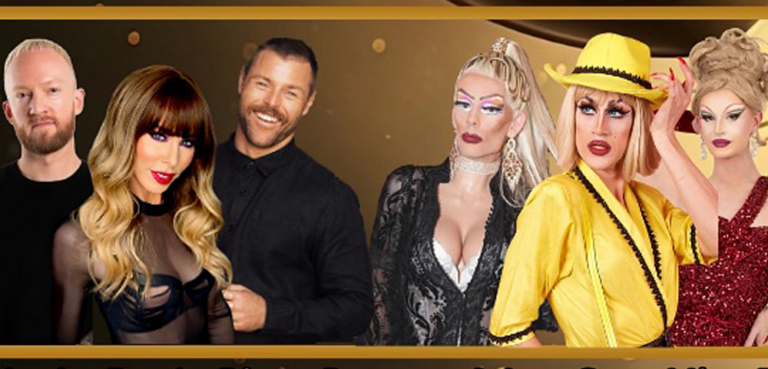
Closet Case: Tony Briffa
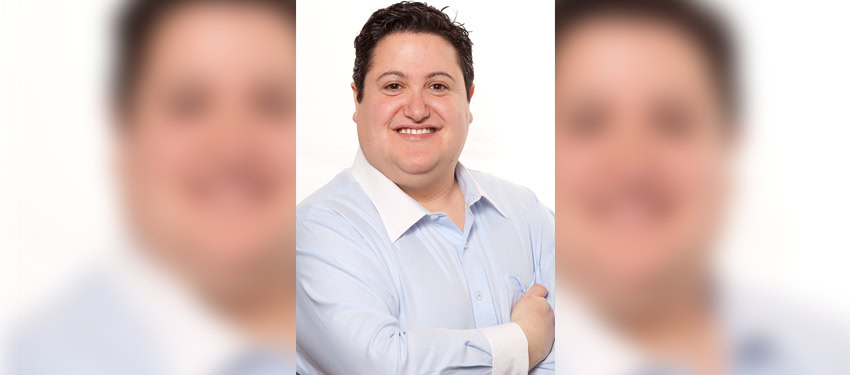
TONY Briffa can’t pin coming out on any particular moment, but still remembers being told for the first time about being intersex at around 14 years of age.
“I remember it very well, with my doctor. I’ve still got the pictures that he drew for me, telling me about male development and female development and how I developed,” Briffa said.
“It’s ironic, because now looking back at it he didn’t give me the full picture, but it felt liberating. It was good finally know about myself and what was actually happening.”
Serving as mayor of the City of Hobsons Bay in Melbourne’s western suburbs in 2011–12 and subsequently as deputy mayor, Briffa is often regarded as the world’s first openly intersex mayor. Briffa is also Australia’s most recognisable intersex person, famously coming out on a 60 Minutes special in 2000.
While it took until Briffa’s late 20s to fully understand the intersex variation Briffa was born with, there are memories of being different from a very early age. Briffa was born with partial androgen insensitivity syndrome (AIS), and raised as “Antoinette”, a girl.
“I was aware that I was different from as long as I can remember, because I was always going to hospital,” Briffa said.
“I’ve got a twin sister, and we’d go to hospital every three months for medical examinations, but she’d be in the waiting room. She wouldn’t have to undergo any of the examinations that I’d go through, or any of the surgeries.
“They were always examining a particular part of my anatomy, which ironically they called my ‘private’, which, it certainly didn’t feel very private [laughing]. So I knew there was something wrong there.”
Throughout childhood Briffa learned, often one piece at a time, the details of the intersex variation Briffa was born with: at five, that Briffa couldn’t have children; at 11, that Briffa wouldn’t have periods; not long after that, that Briffa had internal testes. Rather than go through the process familiar to many gay and lesbian people of coming out to oneself and then others, Briffa had to be told about being intersex by someone else.
At 29 Briffa was told by a doctor the full extent of the intersex condition for the first time, particularly that it was partial rather than complete androgen insensitivity syndrome, meaning Briffa would have developed very differently without the extensive medical intervention.
“I was pretty confused. The doctors didn’t really help with the confusion, they just made it worse. Being Catholic undoubtedly made it worse as well,” Briffa said.
“Not having any role models, not knowing any other intersex people, not having any awareness of intersex people, people of difference, didn’t help either. It was unknown territory.
“I actually felt angry and robbed, because they’d obviously lied to me. I’d asked questions all those years about my body and my variation, being intersex, and I was very angry they’d lied to me for all those years.”
It was not long after that Briffa came out in the most public way: on national television. Briffa was completely unprepared for the impact of the 60 Minutes special “A Crime Against Nature”.
“I was very naïve about the impact and how many people were going to know. I was working at Ansett, as an engineer… I got a letter from 60 Minutes, and in the letter they wrote that they would like to come to Ansett, take some footage about Antoinette and, quote, ‘her remarkable life with AIS’,” Briffa recalled.
“My boss called me into the office and said that’s all great and he’s happy to have 60 Minutes come down, but he didn’t realise I was into sport, and that I was involved with the Australian Institute of Sport. I was thinking, oh my god, how am I going to explain this (laughs).
“So there I was in my boss’ office explaining androgen insensitivity syndrome. He was such a good guy, and I’ll never forget him saying to me after I’d explained it all, ‘are you sure you want to do this?’”
Briffa came out to the family the night before the 60 Minutes special was to air — the program had provided an advance copy. Briffa’s siblings found out for the first time that Saturday night.
Finally having the full picture at 30 years of age, Briffa started testosterone treatment.
“I started testosterone treatment not because I thought, ‘I’m a man’, but because I thought, I just want to find out what nature made me,” Briffa said.
“It was a few years on testosterone that I came to realise, ‘okay, I’m a hermaphrodite, I’m male and female’. That’s the way nature made me and that’s what I would have been had doctors not interfered without my consent, and it’s okay.
“I wasn’t ill or anything like that, I’m just a male and a female, and I should be allowed to be recognised and live like that.”
_____________
**This story was first published in the June edition of the Star Observer, which is available to read in digital flip-book format. To obtain a physical copy, click here to find out where you can grab one in Melbourne, Sydney, Brisbane, Adelaide, Canberra and select regional/coastal areas.
Read our previous instalments of “Closet Case”:
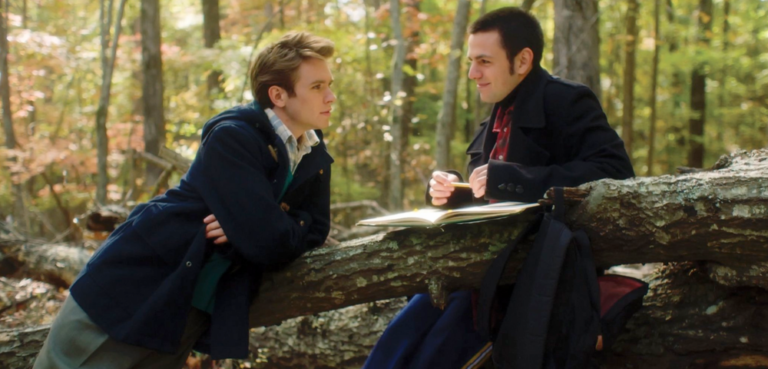





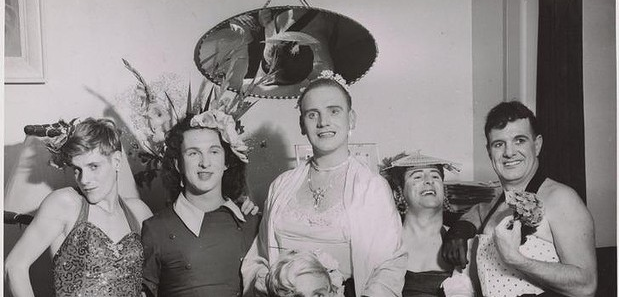

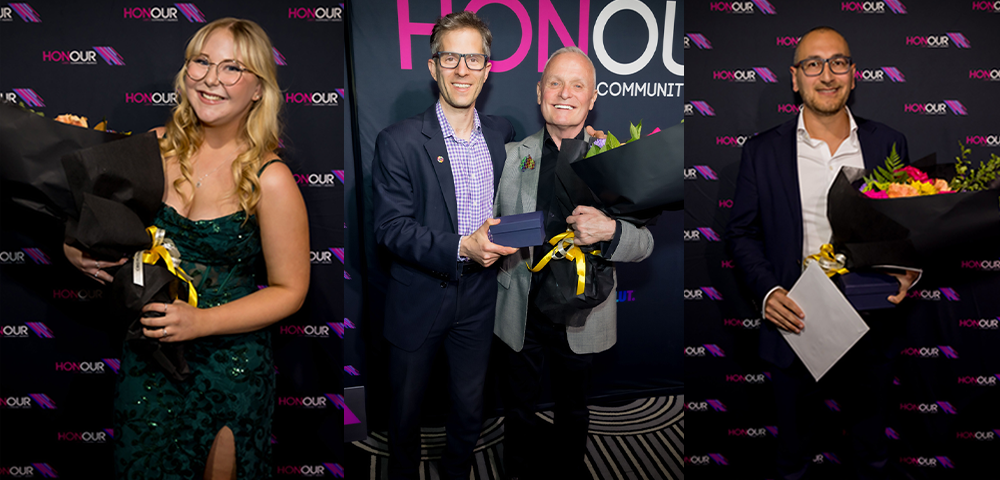
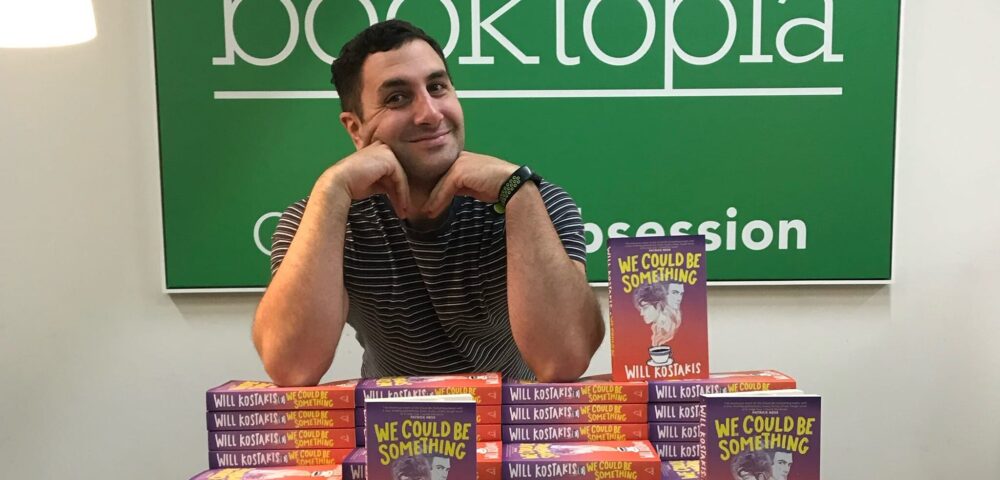
What a journey. Thank you for sharing it. It can only lead to better understanding and acceptance for the next generation.
Look at you
Awesome. Total Legend. Just be yourself and the world will be a better place.
Legend xxx
I wish Tony Briffa all the best for the future!
Birth certificate, divorce and marriage within Australian law is completely outdated and bigoted! It is time that all got a massive overhaul with 4 simple plain recommendations!
Recommendation 1:
# Stop the “forced divorces” of trans* people who are already married;
Recommendation 2:
# Allow for the performance and recognition of civil marriage equality within Australia;
Recommendation 3:
# Allow intersex and trans* people dignity on all there birth, death and marriage certificates; and
Recommendation 4:
# “Sex reassignment surgery” should not be required for gender updates to both drivers licences and birth certificates.
Brave and wonderful person, you are admired for your honesty and srtength!
Tony Briffa prosit
Brad DH future speaker perhaps?